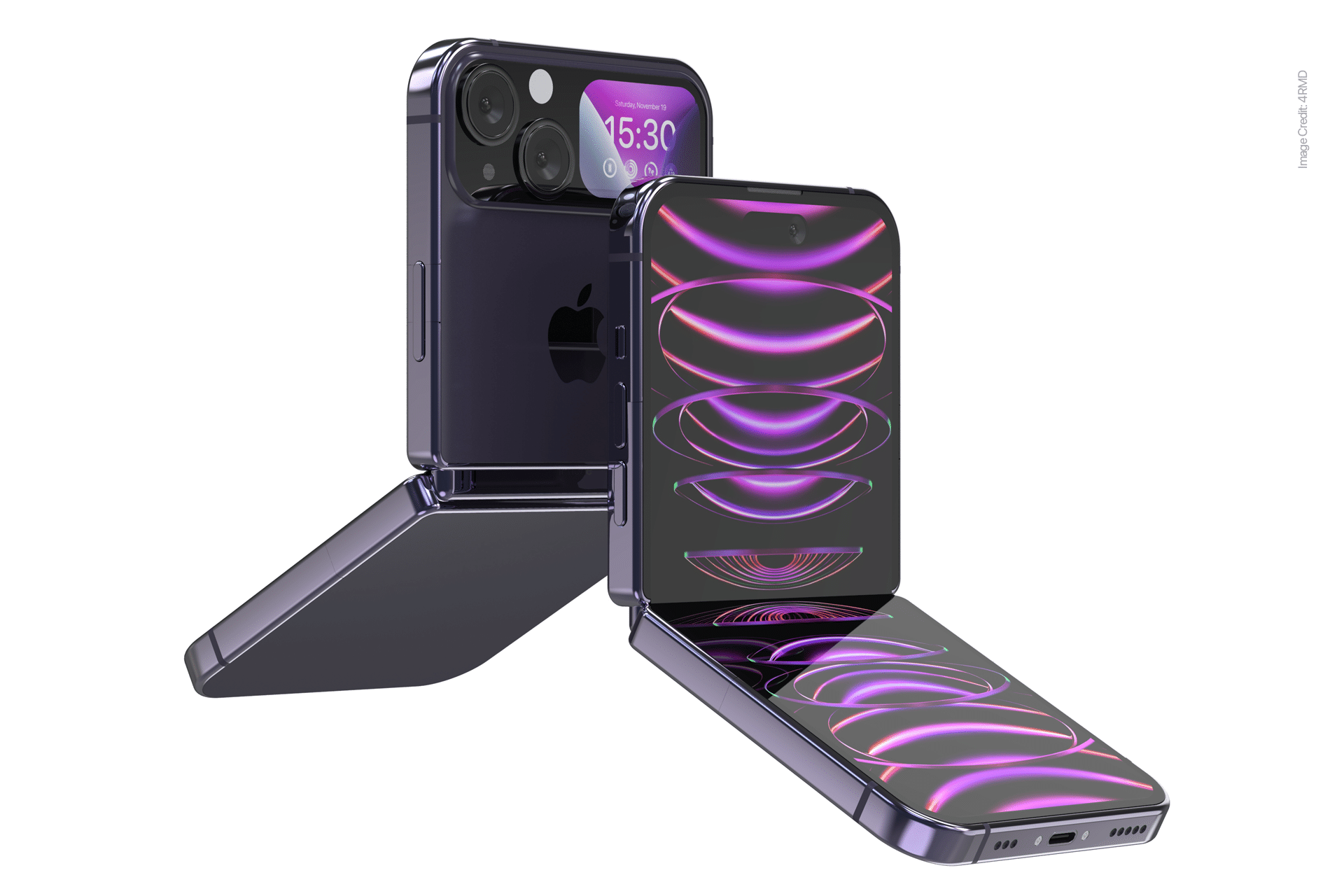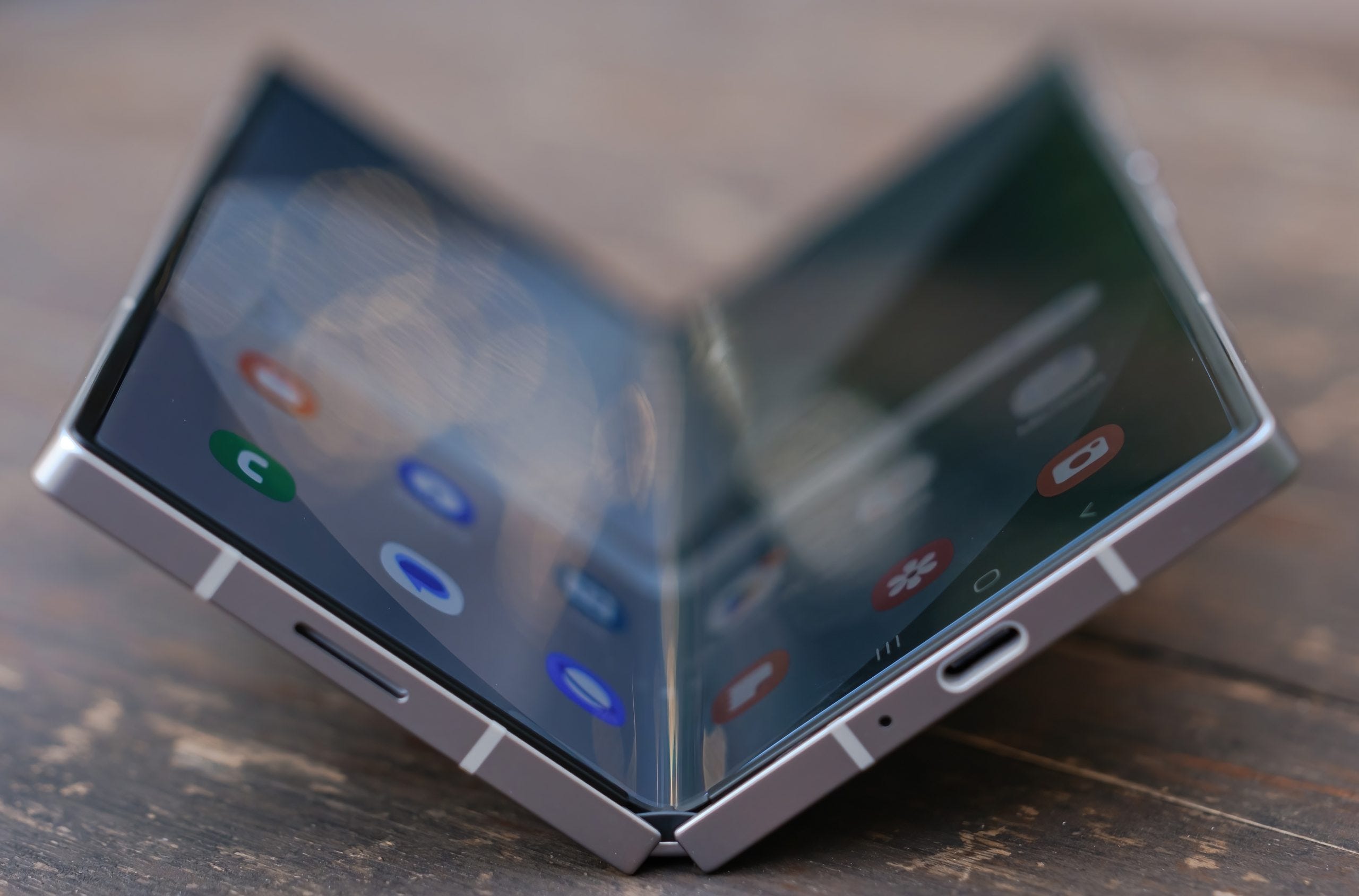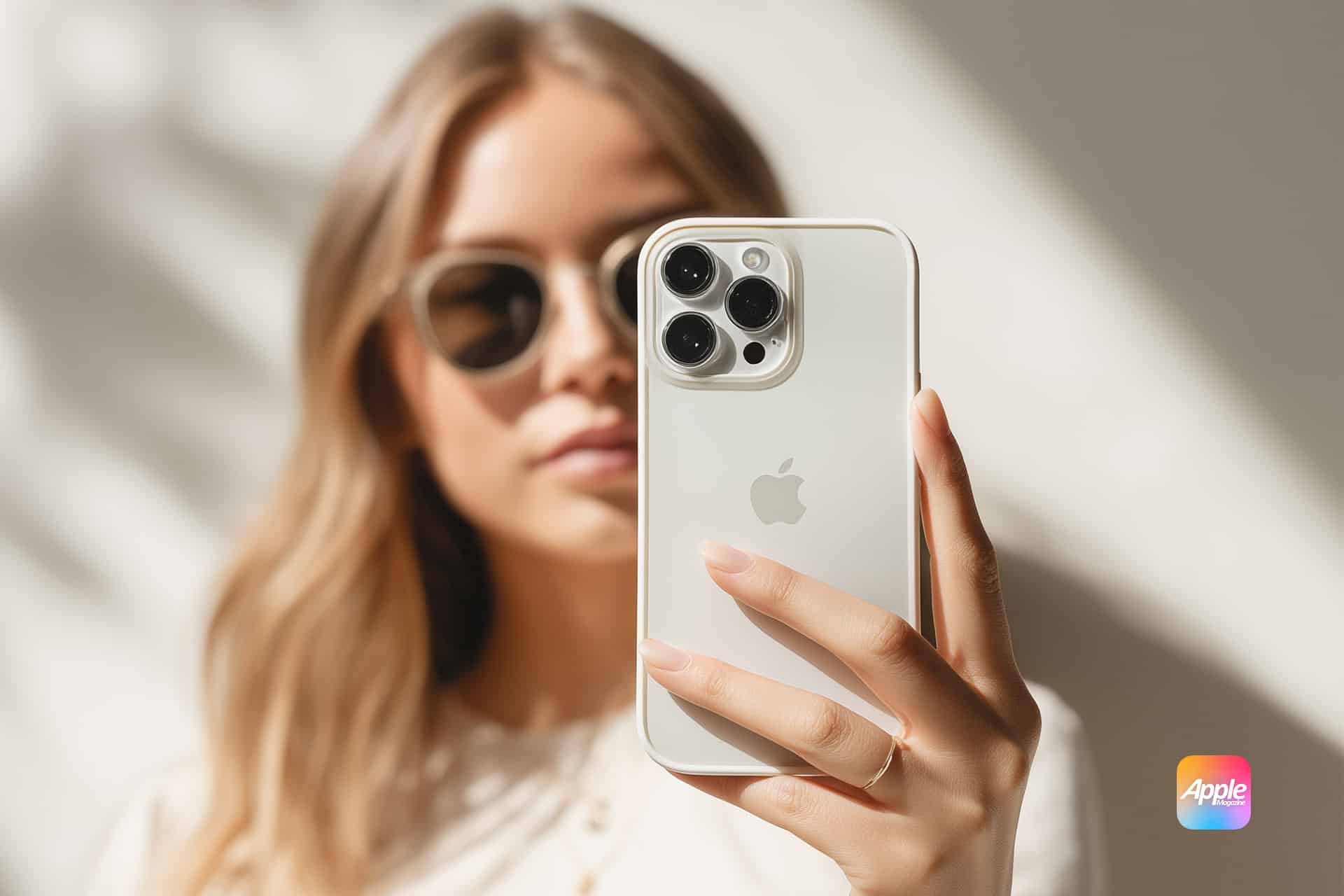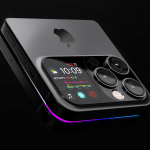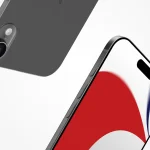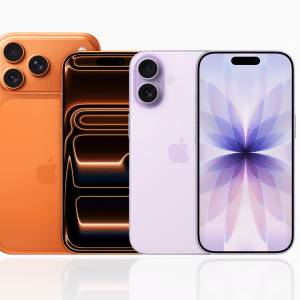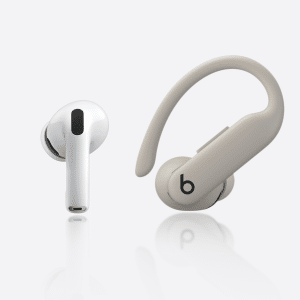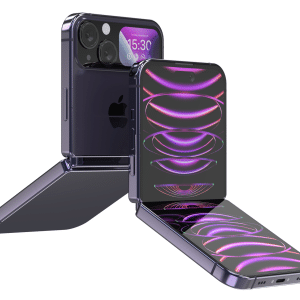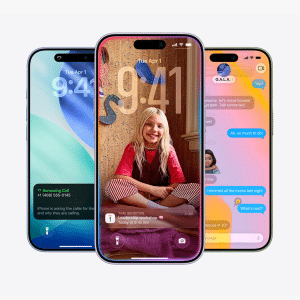The foldable iPhone is set to feature two distinct displays tailored for different use cases. When closed, the device will sport a 5.5-inch outer screen, roughly the size of a standard iPhone display, making it ideal for quick tasks like checking notifications or sending messages. Unfolded, it will reveal a larger 7.8-inch inner screen, offering a tablet-like experience for multitasking, video streaming, or productivity apps. This dual-display setup aims to combine portability with expansive screen real estate, catering to users who demand flexibility without sacrificing convenience.
The inner display is rumored to boast a 4:3 aspect ratio, similar to an iPad, which could enhance compatibility with Apple’s ecosystem of apps and services. With a resolution of 2,713 x 1,920, the unfolded screen is expected to deliver crisp visuals, while the outer display will feature a 2,088 x 1,422 resolution. These specifications suggest Apple is prioritizing high-quality visuals, ensuring the foldable iPhone stands out in a competitive market.
A Crease-Free Vision
One of the biggest challenges for foldable devices has been the visible crease where the screen bends, often detracting from the user experience. Apple appears to have tackled this issue head-on. By collaborating with Samsung Display and incorporating a metal plate to manage bending stress, the company aims to deliver a nearly crease-free inner display. This innovation could set a new standard for foldable smartphones, addressing a common complaint among users of devices like the Samsung Galaxy Z Fold.
Additionally, Apple is reportedly using ultra-thin glass from Lens Technology, with raw materials supplied by Corning. This choice enhances durability while minimizing the device’s thickness. At 4.5 to 4.8 mm when unfolded, the foldable iPhone could be Apple’s thinnest device yet, surpassing the 12.9-inch iPad Pro’s 5.1 mm profile. When folded, the device is expected to measure between 9 and 9.5 mm, maintaining a slim form factor for a premium feel.
Premium Features, Premium Price
The foldable iPhone, often referred to as the “iPhone Fold,” is poised to be Apple’s most expensive smartphone to date, with a projected starting price of $1,800 to $2,000. This positions it above the iPhone Pro Max and in line with competitors like the Samsung Galaxy Z Fold 7, which starts at $1,999.99. The high price reflects the advanced technology and materials, including a titanium chassis and a hinge made from a combination of titanium and stainless steel, designed for durability and smooth operation.
The device is expected to feature a dual-lens rear camera system, with both lenses at 48 megapixels, matching the quality of Apple’s iPhone 16 Pro models. A front-facing camera will handle selfies and video calls, while a Touch ID power button may replace Face ID to optimize internal space. These choices suggest Apple is balancing innovation with practicality, ensuring the foldable iPhone delivers a familiar yet enhanced user experience.
A Book-Style Design for the Future
Unlike the clamshell design of devices like the Samsung Galaxy Z Flip, Apple’s foldable iPhone will adopt a book-style folding mechanism, similar to the Galaxy Z Fold. This design allows the device to function as a compact phone when closed and a tablet-like device when open, offering versatility for both casual and professional use. The hinge, reportedly incorporating liquid metal for improved durability, is a critical component in achieving a seamless folding experience.
Apple’s decision to pursue a book-style design follows years of testing various prototypes, with earlier rumors suggesting a clamshell option was under consideration. The shift to a book-style format aligns with Apple’s focus on creating a device that integrates seamlessly with its ecosystem, particularly for users who rely on iPads and iPhones for work and entertainment.
Production and Launch Timeline
Apple’s foldable iPhone is moving steadily toward reality, with prototyping already underway. Foxconn, a key manufacturing partner, entered the New Product Introduction phase earlier this year, and mass production is slated to begin in the second half of 2026. Samsung Display has started producing the foldable OLED panels, with large-scale component manufacturing expected to ramp up soon. While an exact launch date remains unclear, industry analysts, including Bloomberg’s Mark Gurman, point to a fall 2026 debut alongside the iPhone 18 lineup.
The device’s development reflects Apple’s meticulous approach to innovation. By waiting to perfect the hinge and display technology, Apple aims to avoid the pitfalls of early foldable devices, such as durability issues and visible creases. This patience could give the iPhone Fold a competitive edge, appealing to consumers who value quality and longevity.
Why It Matters for Users
The foldable iPhone represents a significant evolution in Apple’s smartphone lineup, offering a fresh form factor for users seeking more than the traditional rectangular phone. The dual-display design caters to diverse needs, from one-handed operation on the outer screen to immersive media consumption on the larger inner display. For professionals, the 7.8-inch screen could enhance productivity, supporting apps like Notes, Pages, or third-party tools optimized for larger displays.
However, the premium price may limit its appeal to early adopters and tech enthusiasts. At $2,000, the foldable iPhone will need to deliver exceptional value to justify its cost, especially in a market where foldable devices from Samsung, Google, and others are already established. Apple’s reputation for polished hardware and seamless software integration could be the deciding factor, particularly for loyal iOS users eager for a foldable experience.
